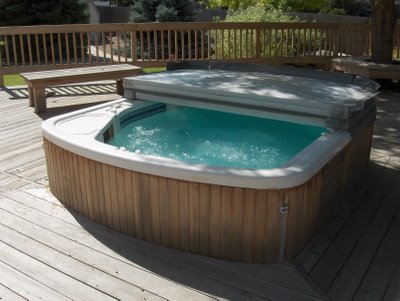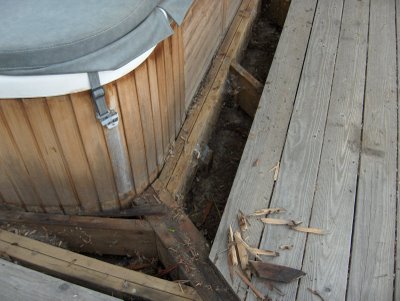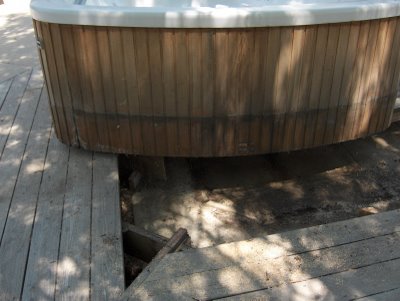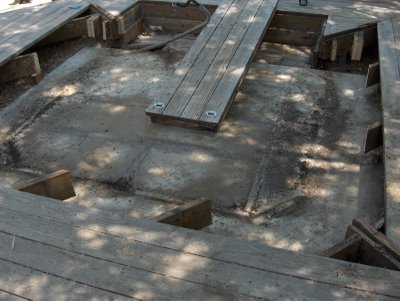This week I got a few emails from people asking me about a LongEZ that is for sale in Loveland and is listed in Trade-A-Plane. It just so happens that I know the owner, since I purchased an engine from him a few months ago and wrote up the experience in my blog. I did not know his airplane because I had never seen it close up. I’d seen it from a distance, and while purchasing the engine we had some discussions about it, but I had never seen it up close so I couldn’t comment on it. Yesterday I arranged to meet with him at his hangar so I could assess it for the people who had emailed me.
Buying a used homebuilt, that is, an experimental aircraft, is not for the faint-of-heart. Even the most beautiful specimens may contain fatal flaws, as was the case with the LongEZ that John Denver purchased. That LongEZ sold for the highest price I’d ever seen paid for a LongEZ at the time, around $55K and that was in 1996. From what I understand, the plane was quite stunning in appearance, and appearance more than any factor, seems to drive the price of a homebuilt airplane, particularly if it is in ‘showplane’ condition. However, in that aircraft’s case, the fuel valve was installed in such a way that the ergonomics were absolutely terrible. Ironically, the decision to make this modification was presumably to enhance the safety of the fuel valve, but it created several other more serious problems in the process, namely, that the pilot had to turn around to use it and that the direction of the valve stem with respect to the selected tank was counter-intuitive. In addition, it used a valve that had long been known for its tendency to gall and stick and it was at the end of a long torque tube, which greatly exacerbated the sticking problem. While fiddling with this valve after having run a tank dry and the engine stop, John Denver became so distracted that he crashed the airplane (full accident report here). It was completely unnecessary because an engine outage is no reason to crash vertically into the ground, or, in his case, into the water, at nearly a vertical angle. When the engine stops, the plane is effectively a glider which can be landed in a gentle manner on a level surface like water without killing the plane’s occupants.
Each homebuilt aircraft is unique. Some production planes tend to become more unique over time as their instrument panels tend to take on a life of their own as they get ‘upgraded’ over many decades with a whole host of oddities. However, in the case of a homebuilt plane, the ability to customize knows no limits and so you can’t just purchase one without examining it carefully to know how everything is arranged.
When building an airplane, deviating from the plans must be done with some degree of caution. For example, if one person makes a modification and calls it an improvement, it’s not a good idea to follow suit until you know of several dozen who were able to repeat this modification with similar results. If it’s truly an improvement, then many of the builders will eventually adopt it and it will add to the value of the aircraft once it’s universally recognized as an improvement to the design. In the case of a LongEZ, the improvements that are generally considered improvements over the original plans include the Roncz canard, larger rudders, heavy duty brakes, brake cylinders installed in the nose, and an O-320 engine. Each of those will enhance the value of the plane.
If you really want to diminish the plane’s value, you can install an automotive engine, and you’d be lucky to get any money over the cost of the airframe when you sell it, which generally accounts for about 60% of the typical value of a similar airplane with an aircraft engine. In other words, about 40% of the value of an aircraft is in the engine, but only if it has an aircraft engine. Even though automotive engines are cheaper to purchase and maintain, it will require a fair amount of time to adapt it to an airframe. For some homebuilders, the challenge of using an auto engine is its own reward. Having an automotive engine decrease of the aircraft’s value may not be fair, but it is a testament to the uncertainty factor of having an unknown, unique engine in a plane and not having a statistically significant sample of other similarly equipped aircraft. It really makes the airplane earn its ‘experimental’ moniker.
In the case of the plane I examined, I found it to be a solidly built plane, with over 450 hours on the airframe and good workmanship throughout as well as some nice upgrades. There were some areas that need to be further upgraded or repaired, but overall it looked like a pretty good deal to me.
It’s important to have someone with experience in the type of aircraft you’re considering to look it over before committing to purchase it because there are many potential pitfalls in buying a used homebuilt. Builders often can be overly fond of their creations and are not impartial judges when describing them so you need to get an independent assessment. In many ways, an aircraft one builds is like a child, and it’s hard to judge one’s own child impartially.
When I was in looking for a LongEZ nearly 20 years ago, I talked with some people who had the ugliest planes I’ve ever seen try to tell me that they were in ‘showplane’ condition. It really made an impression on me that you should never buy something without seeing it first. And you should definitely bring someone along who will talk you out of it when you’re in the mode of thinking that some material possession is the ‘one thing separating you from true and everlasting happiness’.





